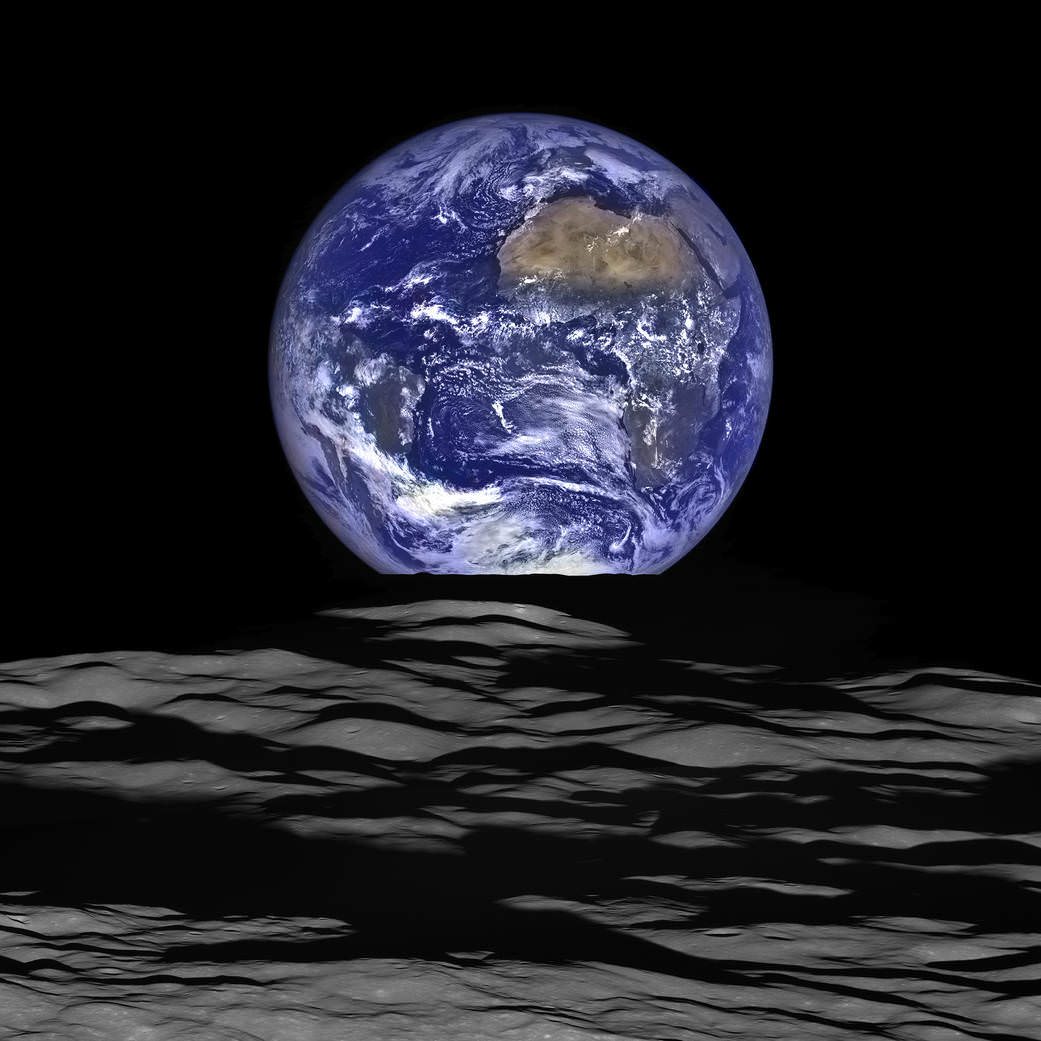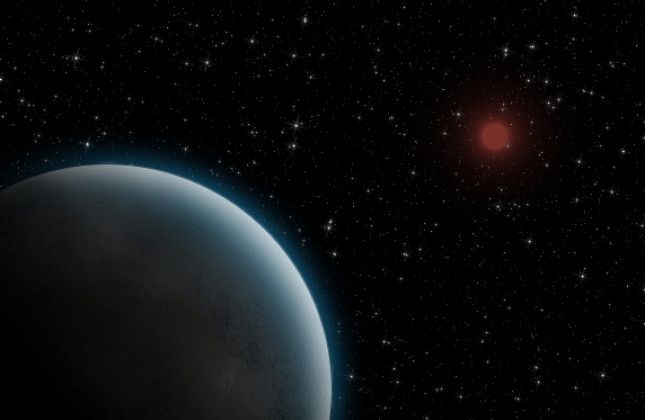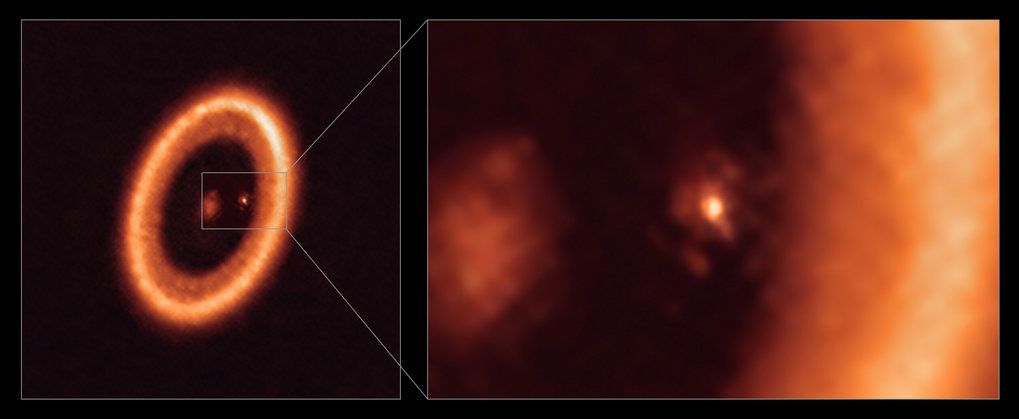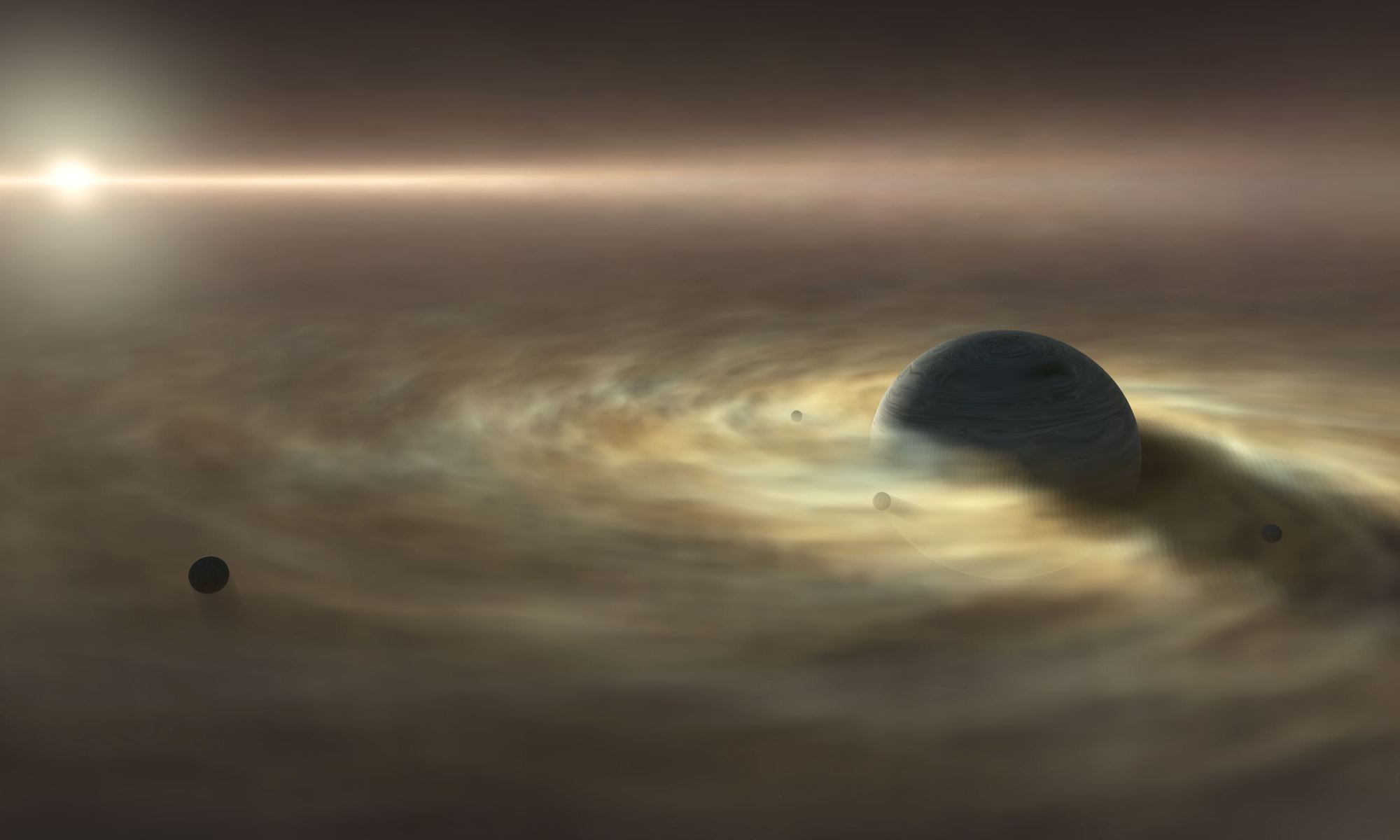In a recent study published in Earth and Planetary Astrophysics, a team of researchers from the University of Texas at Arlington, Valdosta State University, Georgia Institute of Technology, and the National Radio Astronomy Observatory estimated how many moons could theoretically orbit the Earth while maintaining present conditions such as orbital stability. This study opens the potential for better understanding planetary formation processes which could also be applied to identifying exomoons possibly orbiting Earth-like exoplanets, as well.
Continue reading “What is the Maximum Number of Moons that Earth Could Have?”These are the Best Places to Search for Habitable Exomoons

Our Solar System contains eight planets and more than 200 moons. The large majority of those moons have no chance of being habitable, but some of them—Europa and Enceladus, for example—are strong candidates in the search for life.
Is it the same in other solar systems?
Continue reading “These are the Best Places to Search for Habitable Exomoons”Massive Rocky Planets Probably Don’t Have big Moons

The Moon has orbited Earth since the Solar System’s early days. Anyone who’s ever spent time at the ocean can’t fail to notice the Moon’s effect. The Moon drives the tides even in the world’s most remote inlets and bays. And tides may be vital to life’s emergence.
But if Earth were more massive, the Moon may never have become what it is now. Instead, it would be much smaller. Tides would be much weaker, and life may not have emerged the way it did.
Continue reading “Massive Rocky Planets Probably Don’t Have big Moons”A Moon Might Have Been Found Orbiting an Exoplanet

In the past three decades, the field of extrasolar planet studies has advanced by leaps and bounds. To date, 4,903 extrasolar planets have been confirmed in 3,677 planetary systems, with another 8,414 candidates awaiting confirmation. The diverse nature of these planets, ranging from Super-Jupiters and Super-Earths to Mini-Neptunes and Water Worlds, has raised many questions about the nature of planet formation and evolution. A rather important question is the role and commonality of natural satellites, aka. “exomoons.”
Given the number of moons in the Solar System, it is entirely reasonable to assume that moons are ubiquitous in our galaxy. Unfortunately, despite thousands of know exoplanets, there are still no confirmed exomoons available for study. But thanks to Columbia University’s Professor David Kipping and an international team of astronomers, that may have changed. In a recent NASA-supported study, Kipping and his colleagues report on the possible discovery of an exomoon they found while examining data from the Kepler Space Telescope.
Continue reading “A Moon Might Have Been Found Orbiting an Exoplanet”Astronomers see a Moon-Forming Disk Around a Super-Jupiter
Recently, astronomers have been finding protoplanetary discs around certain stars. Their discovery has helped kick off a new work in planetary formation theory. But planets aren’t the objects that form from discs of material in space. Moons do too. Now, scientists led by Dr. Tomas Stolker of Leiden University and his team have delved deeper into the characteristics of a “protolunar” disc surrounding a “super Jupiter” exoplanet about 500 light-years away.
Continue reading “Astronomers see a Moon-Forming Disk Around a Super-Jupiter”A New Way to Search for Exomoons

We’d love to find another planet like Earth. Not exactly like Earth; that’s kind of ridiculous and probably a little more science fiction than science. But what if we could find one similar enough to Earth to make us wonder?
How could we find it? We progress from one planet-finding mission to the next, compiling a list of planets that may be “Earth-like” or “potentially habitable.” Soon, we’ll have the James Webb Space Telescope and its ability to study exoplanet atmospheres for signs of life and habitability.
But one new study is focusing on exomoons and the role they play in a planet’s habitability. If we find a Moon-like exomoon in a stable orbit around its planet, could it be evidence that the planet itself is more Earth-like? Maybe, but we’re not there yet.
Continue reading “A New Way to Search for Exomoons”Incredible! Astronomers see a Moon-Forming Disk Around a Newly Forming Planet
Planetary formation is a complicated, multilayered process. Even with the influx of data on exoplanets, there are still only two known planets that are not yet fully formed. Known as PDS 70b and PDS 70c, the two planets, which were originally found by the Very Large Telescope, are some of the best objects we have to flesh out our planetary formation models. And now, one of them has been confirmed to have a moon-forming disk around it.
Continue reading “Incredible! Astronomers see a Moon-Forming Disk Around a Newly Forming Planet”The Moons of Rogue Planets Could Have Liquid Surface Water and Thick Atmospheres. They Could be Habitable

The search for life on exoplanets takes a fairly conservative approach. It focuses on life that is similar to that of Earth. Sure, it’s quite possible that life comes in many exotic forms, and scientists have speculated about all the strange forms life might take, but the simple fact is that Earth life is the only form we currently understand. So most research focuses on life forms that, like us, are carbon based with a biology that relies on liquid water. But even with that narrow view, life could still be hiding in places we don’t expect.
Continue reading “The Moons of Rogue Planets Could Have Liquid Surface Water and Thick Atmospheres. They Could be Habitable”Gas and Dust Stop Planets From Eating Their Moons
Beyond Earth’s only satellite (the Moon), the Solar System is packed full of moons. In fact, Jupiter alone has 79 known natural satellites while Saturn has the most know moons of any astronomical body – a robust 82. For the longest time, astronomers have theorized that moons form from circumplanetary disks around a parent planet and that the moons and planet form alongside each other.
However, scientists have conducted multiple numerical simulations that have shown this theory to be flawed. What’s more, the results of these simulations are inconsistent with what we see throughout the Solar System. Thankfully, a team of Japanese researchers recently conducted a series of simulations that yielded a better model of how disks of gas and dust can form the kinds of moon systems that we see today.
Continue reading “Gas and Dust Stop Planets From Eating Their Moons”Planet Sizes Matter for Habitability Too.
In order to be considered habitable, a planet needs to have liquid water. Cells, the smallest unit of life, need water to carry out their functions. For liquid water to exist, the temperature of the planet needs to be right. But how about the size of the planet?
Without sufficient mass a planet won’t have enough gravity to hold onto its water. A new study tries to understand how size affects the ability of a planet to hold onto its water, and as a result, its habitability.
Continue reading “Planet Sizes Matter for Habitability Too.”




